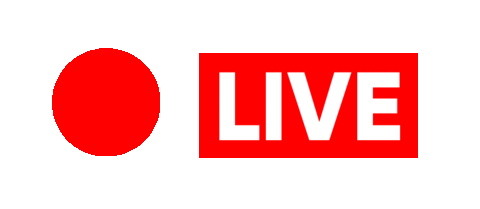
Graffiti ignites a flame of anger in 2024 uprising
Graffiti, a form of writings or drawings on open walls, appeared to be aesthetic mode of rebellion against the fallen Awami League (AL) in the July-August uprising of 2024, ending around 16 years autocratic rule in the country.
Graffiti reemerged as tool of expressing resentment in the country as the July revolution against deposed prime minister Sheikh Hasina's misrule got momentum, turning every wall into a canvas of protest, expressing hopes and aspirations of youths along with their anger, disappointment and revolt.
Revolutionary students and mass people took colours and brushes to paint thousands of walls especially in the capital city and other divisional and district towns innocently. But it was a powerful effort of exposing mass rebellion against the then AL government.
City walls were decorated with colourful artworks as pro-democratic people along with students of every school, college, university and madrasha posed as true artists. The graffiti possessed a strong message that helped spearheading anti-fascist resistance.
The people of Bangladesh has seen an unique and extra-ordinary mass uprising in the middle of 2024, appearing to be most spontaneous in people's participation along with most awful and severe in the context of violence.
The mass upsurge saw over eight hundreds death and twelve thousands injured due to brutal tackling of AL as the country didn't witness such casualties during nine years autocratic rule of General Ershad and even pre-independence period such as 1952 Language Movement and 1969 Mass Uprising against occupation Pakistani ruler.
But, the indiscriminate killings of AL could not tamed the mass movement as revolutionary people took up diversified political strategies to continue the anti-Hasina movement, resulting in emergence of graffiti as a form of mass discontent in the uprising.
The use of graffiti was seen on the walls as the movement started just centering quota reform in the government jobs. Students painted graffiti as a method of dissatisfaction and anger against the then AL government's stance about quota along with traditional political programmes like procession, rally and strike.
They exposed their expressions of mind drawing graffiti on the walls titled "Quota Na Medha, Medha, Medha (quota or merit, merit, merit)", "Quota Protha Nipat Jak, Medhabira Mukti Pak (down with quota system, meritorious persons be free)", or "Amar Sonar Banglai Boisommer Thai nay (no discrimination will be allowed in the golden Bangla".
But, in the beginning of the movement, the graffiti is not widely used as tool of resistance. Its use is slightly enhanced after Chhatra League unleashed attack on agitating students on Dhaka University campus. Then, in the face of brutal attack by government forces and Awami League cadres, the more the movement intensified the more the usages of graffiti increased.
At one stage, the anti-discrimination students movement announced programme of drawing graffiti and wall writing online and offline on July 18 as the quota reform movement turned into mass upsurge.
Revolutionary students and mass people carried out the programme in Dhaka city and elsewhere in the country risking their lives in the red eye of law enforcers and loyalists of Awami League.
The people being aggrieved by the heavy-handed crackdown of autocrat government opted for graffiti to expose their resentment against Sheikh Hasina. They expressed their long overdue hatred against Hasina's fascism. Every graffiti appeared to be a spark of resistance and an exposer of rebel minds of millions, turning into a no-confidence of mass people against an oppressive ruler.
Revolutionaries chose for open canvas of walls to protest injustice, misjudge, misrule and corruption of autocratic government at different times though graffiti drawing is touted as an illegal act in the world. They painted the walls with graffiti. So, many also call it "an art of street".
Bangladesh also witnessed the graffiti as a symbol of rebellion from a long ago. The people of the country used graffiti to express opinion of dissent in 1952, 1971 and even 1990. In continuation with that, the revolutionaries of 2024 used graffiti as artistic silent expression against Awami League's misrule.
Iconic graffiti like "Pani Lagbe Pani (Do you need water?)", "Lakho Shaheeder Rokte Kena, Deshta Karo Baper Na (The country which is bought in exchange for bloods of lakhs of martyrs, doesn't belong to anyone's father)," "Chaite Gelam Odhikar, Hoye Galam Razakar (we asked for rights and you dubbed us as traotor)," "Hamar Batak Marlu Kane (why did you kill my son?)," "Bullet Diye Biplob Thame Na (bullet can't stop revolution)," and "Ekattor E desh Luv, 2024 e Purno Sadhina Luv (We got country in 1971 and got full independence in 2024)," were apparently a stiff resentment and defiance against oppressive Awami League regime.
Saner section of the society observed that these graffiti of rebellion will bear the legacy of 2024 uprising among the future generations.


























